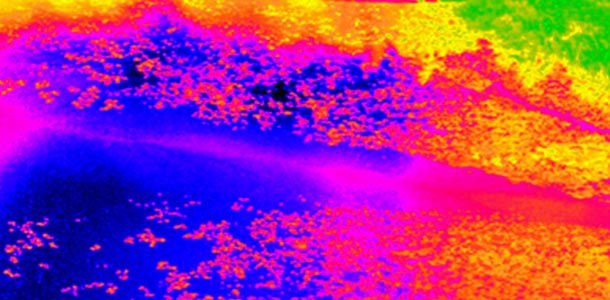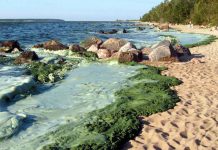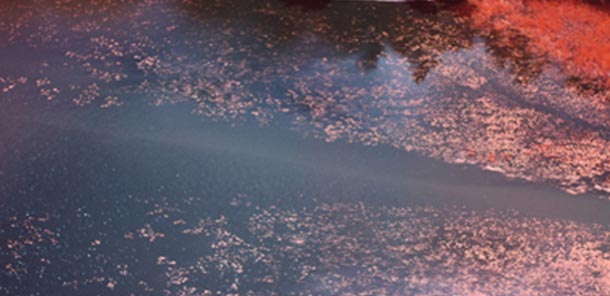Thunder Bay – NEWS – The Ministry of the Environment, Conservation and Parks (MECP) has issued an announcement confirming the presence of blue-green algae in a water sample collected at Hazelwood Lake on August 24, 2023. This discovery has raised alarms in the local community, urging residents and visitors to exercise extreme caution when near the affected area.
The Threat of Blue-Green Algae
Blue-green algae, scientifically known as cyanobacteria, are microscopic organisms naturally found in lakes and streams. Typically, they exist in low numbers, but under specific conditions, they can proliferate rapidly in warm, shallow, sun-soaked surface waters. When these conditions are met, they can create visible blooms, turning the water into what appears to be green pea soup or turquoise paint. In more severe cases, these harmful algae blooms may form scum or solid-looking clumps on the water’s surface.
Health Risks
One of the most significant concerns associated with blue-green algae is the toxins they can produce. These toxins pose severe health risks to both humans and animals when consumed, inhaled, or even upon skin contact. Ingesting or coming into contact with water contaminated by blue-green algae can lead to symptoms such as nausea, vomiting, diarrhea, skin irritation, and, in severe cases, more serious health complications.
Pets are particularly vulnerable due to their smaller size and tendency to drink from lakes and rivers. It is crucial to keep pets away from any waterbody affected by blue-green algae.
Taking Precautions
As a precautionary measure, the public is strongly advised to avoid any contact with water from Hazelwood Lake, including drinking, using it for household purposes, or swimming in it. If accidental contact with blue-green algae does occur, thoroughly wash with soap and water and rinse with clean water to remove any algae residue.
Changing Climate and Blooms
Historically, blue-green algae blooms in the region have been relatively uncommon. However, the combination of rising climate and water temperatures may make them more frequent occurrences. This underscores the importance of vigilance and proactive reporting.
Reporting Suspected Blooms
If you spot a suspected blue-green algae bloom, it is essential to report it promptly. Contact the Spills Action Centre at 1-800-268-6060 to provide details and help prevent potential health hazards.
Seeking Further Information
For comprehensive information on blue-green algae blooms, including identification, risks, and preventative measures, please visit the Ministry of the Environment, Conservation and Parks website at: https://www.ontario.ca/page/blue-green-algae.
For inquiries regarding water sampling, please direct your questions to the MECP office in Thunder Bay at 807-475-1205.
If you have specific concerns or questions about the health effects of blue-green algae blooms, do not hesitate to contact the Thunder Bay District Health Unit at 807-625-5900.




